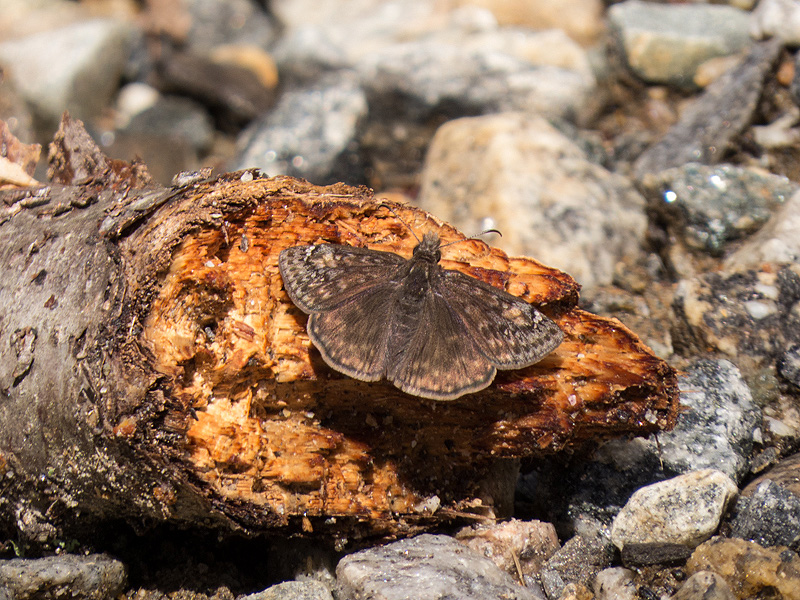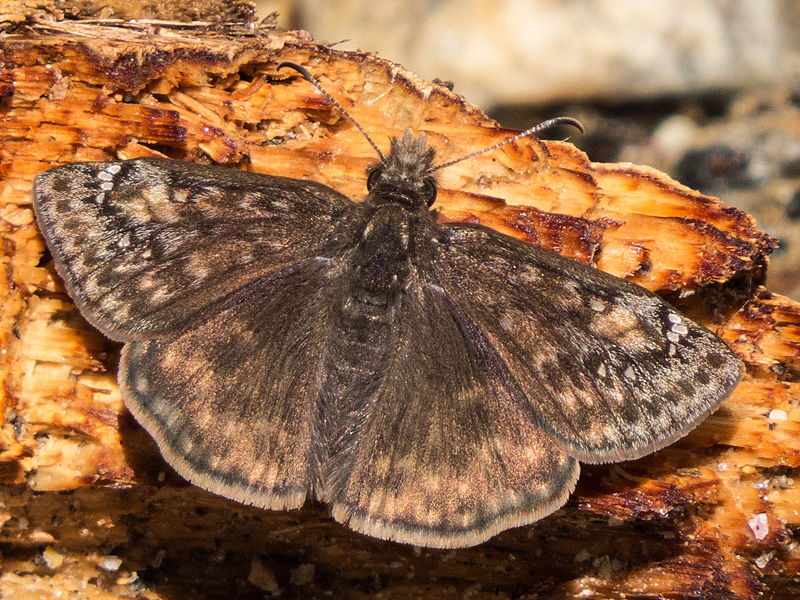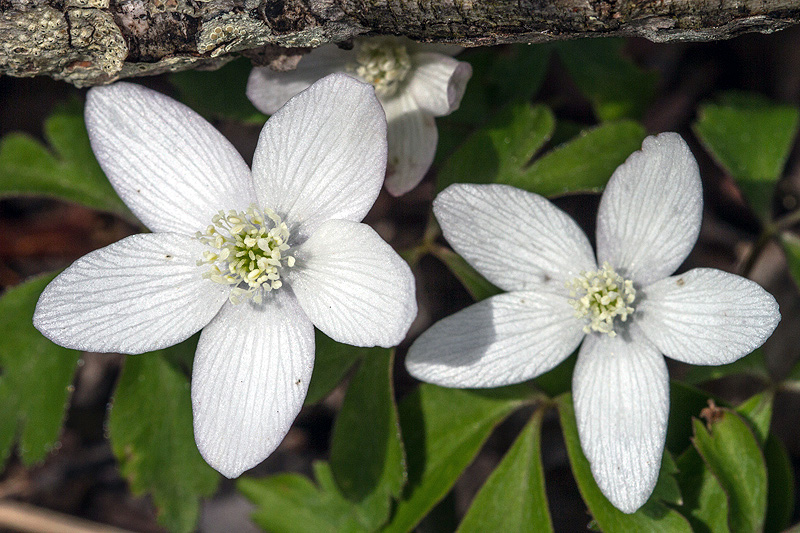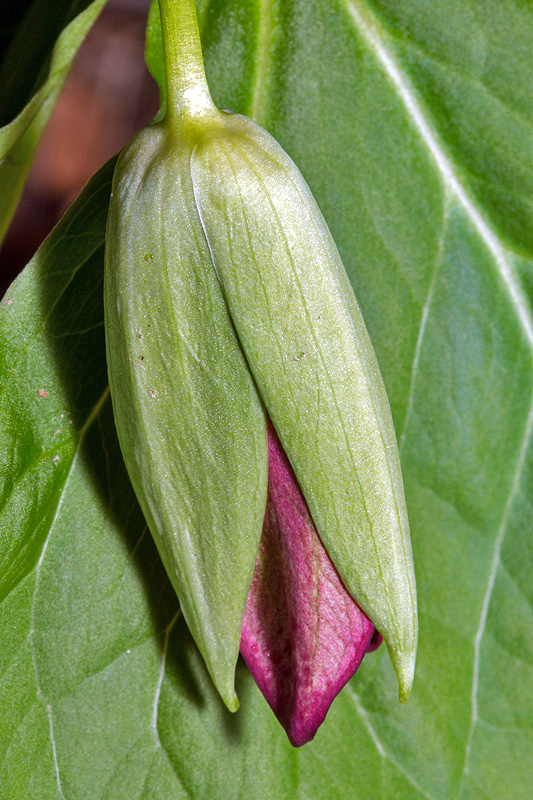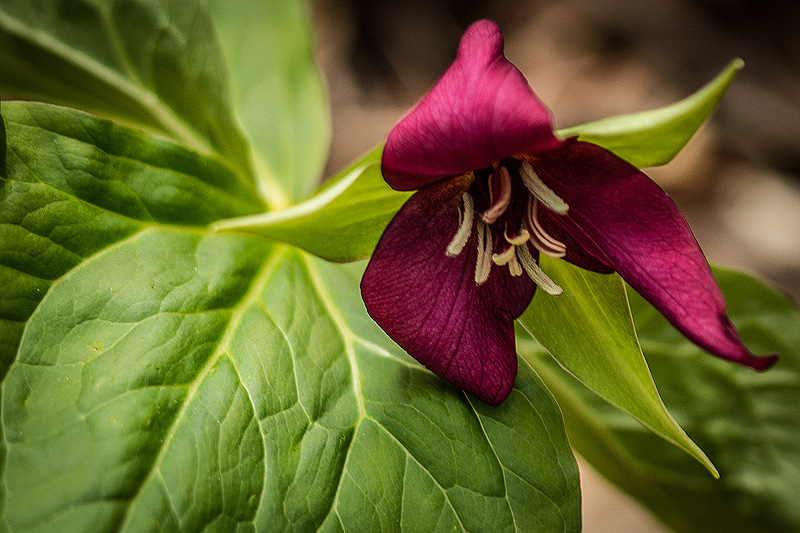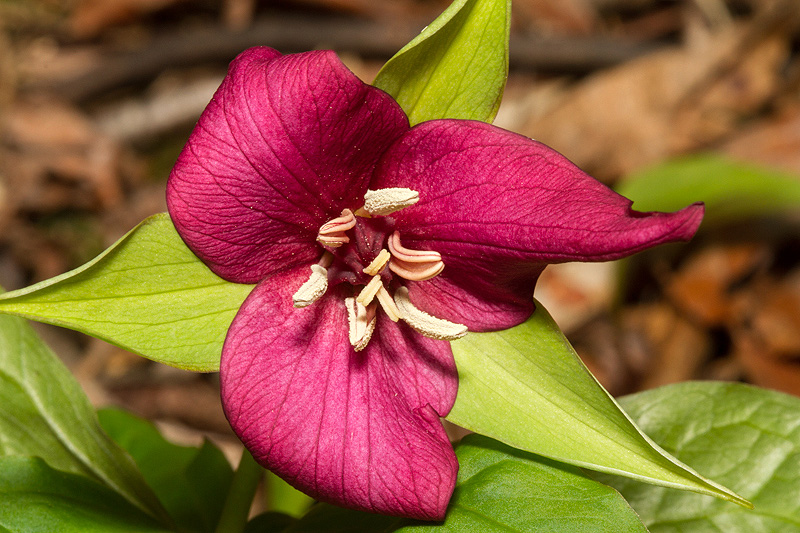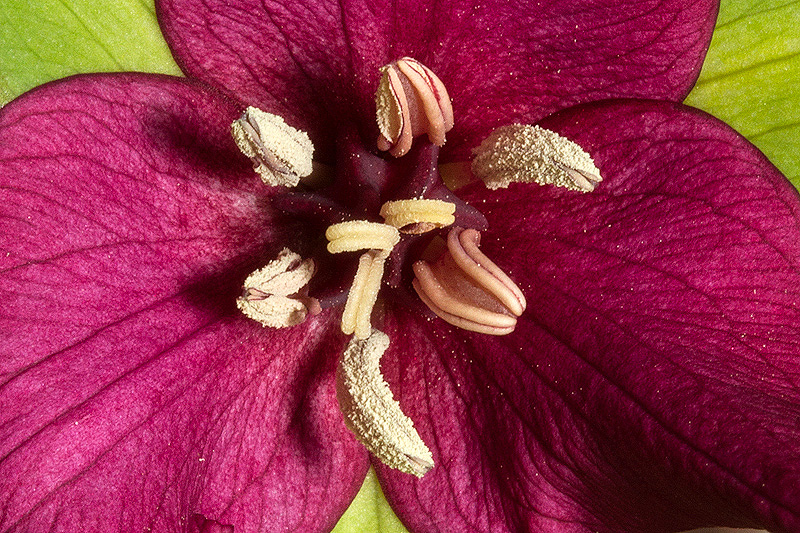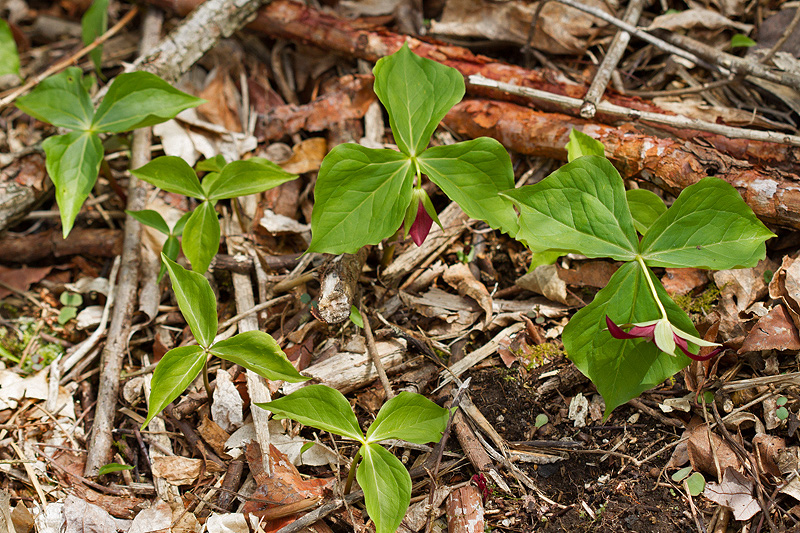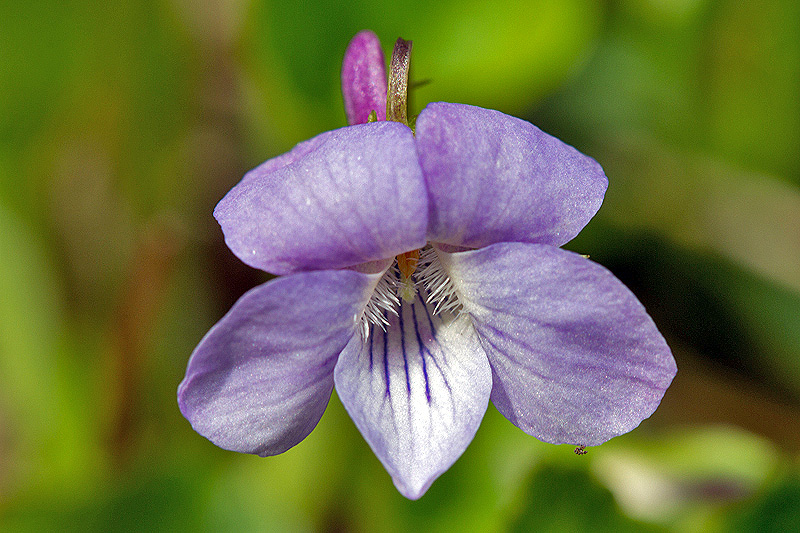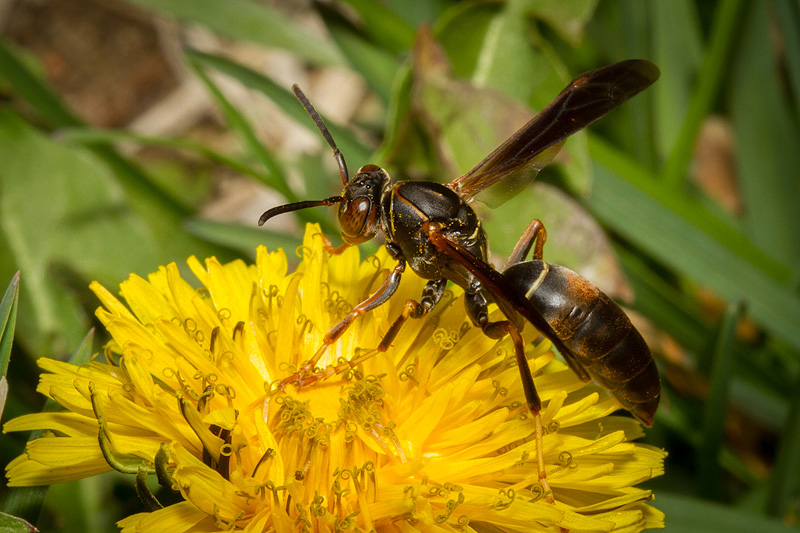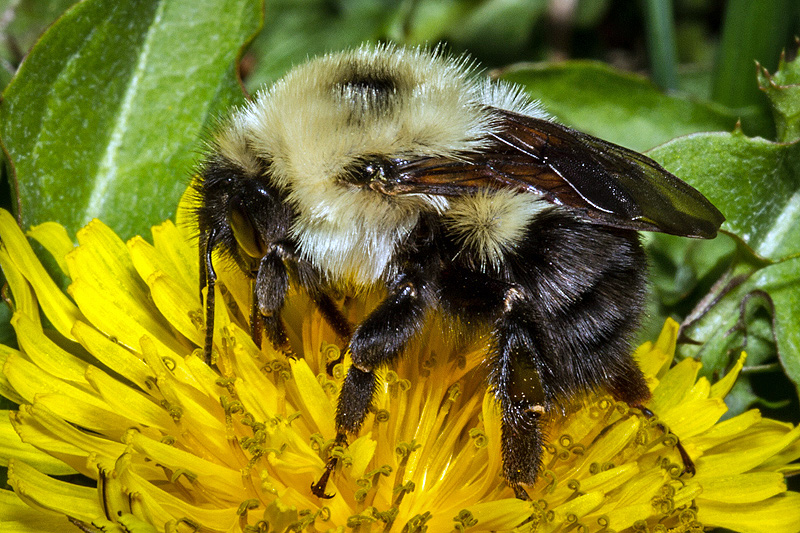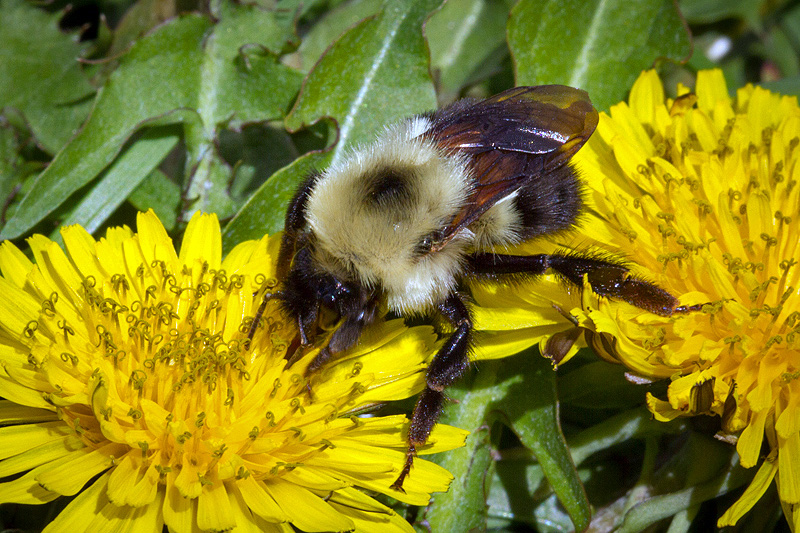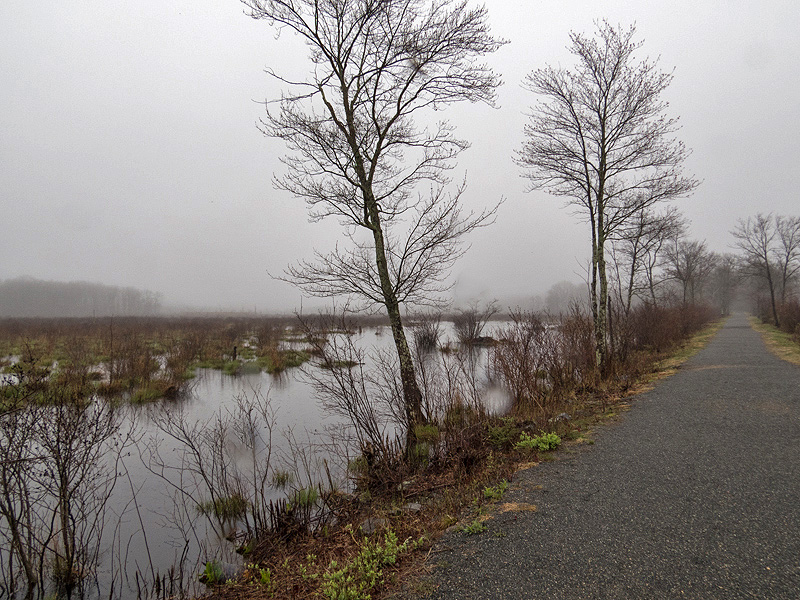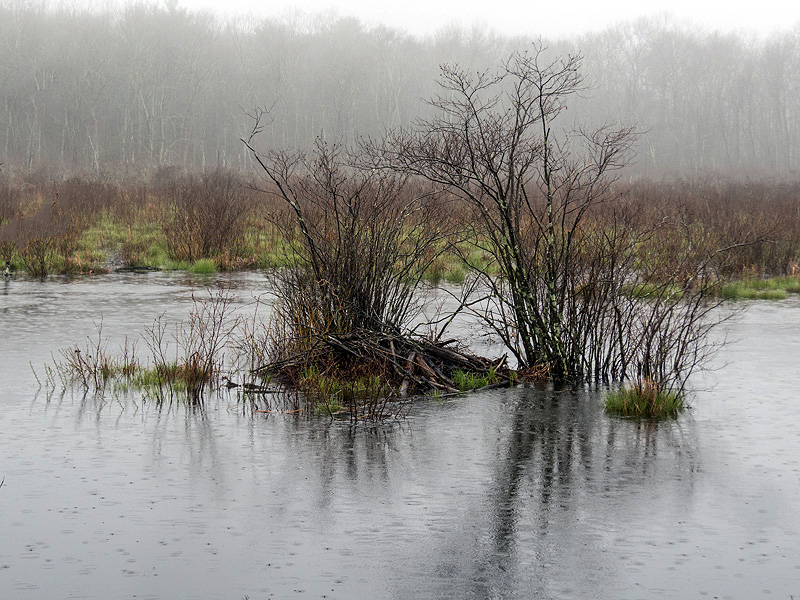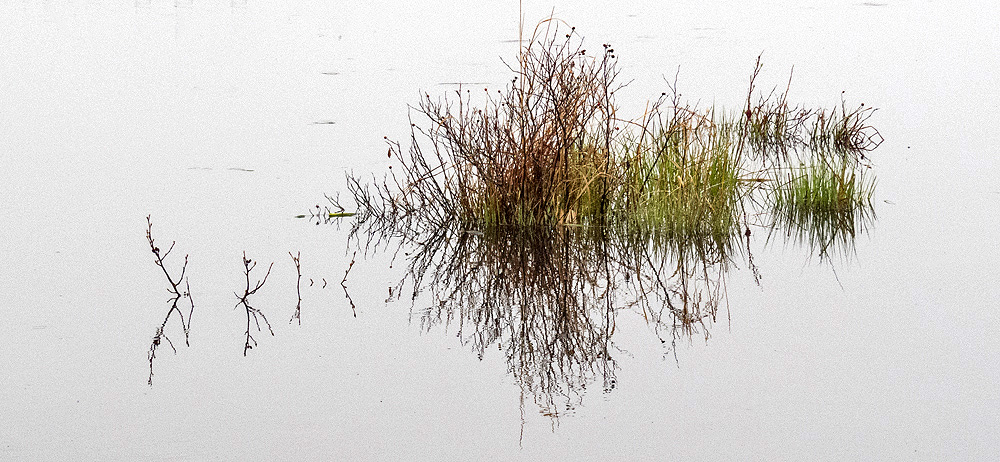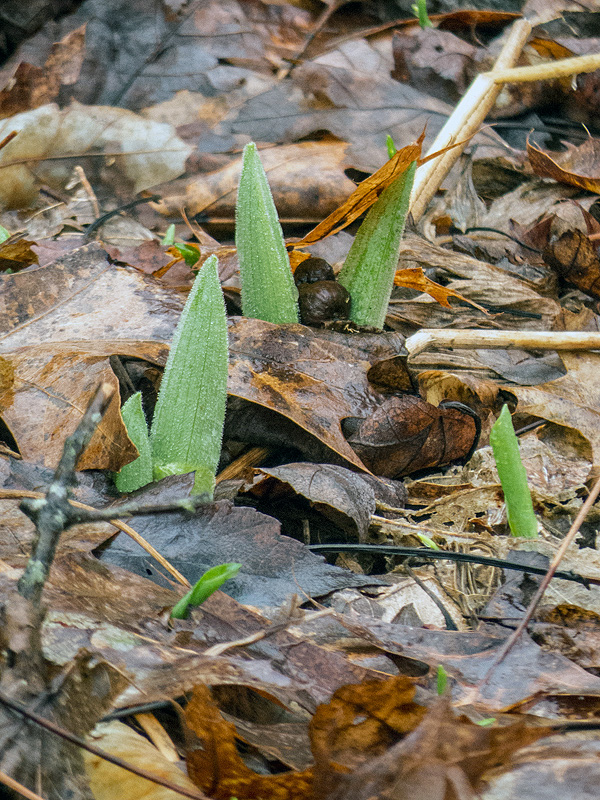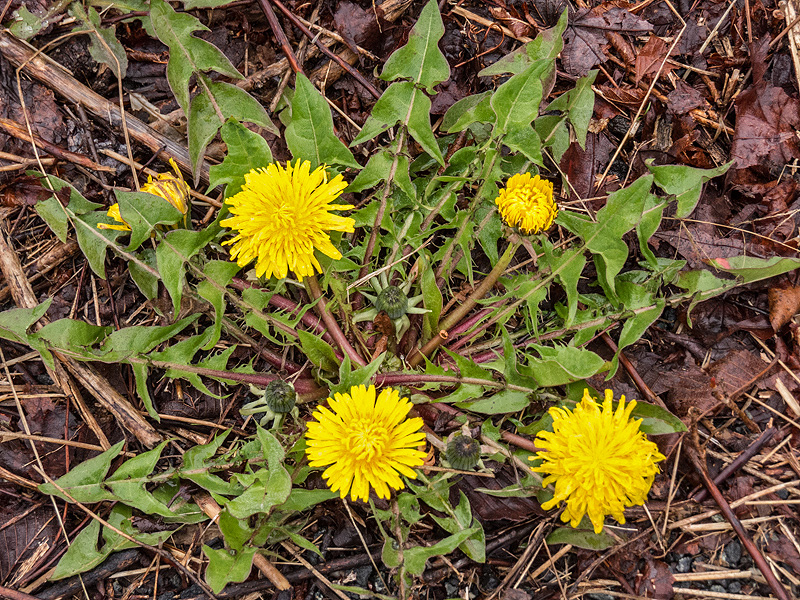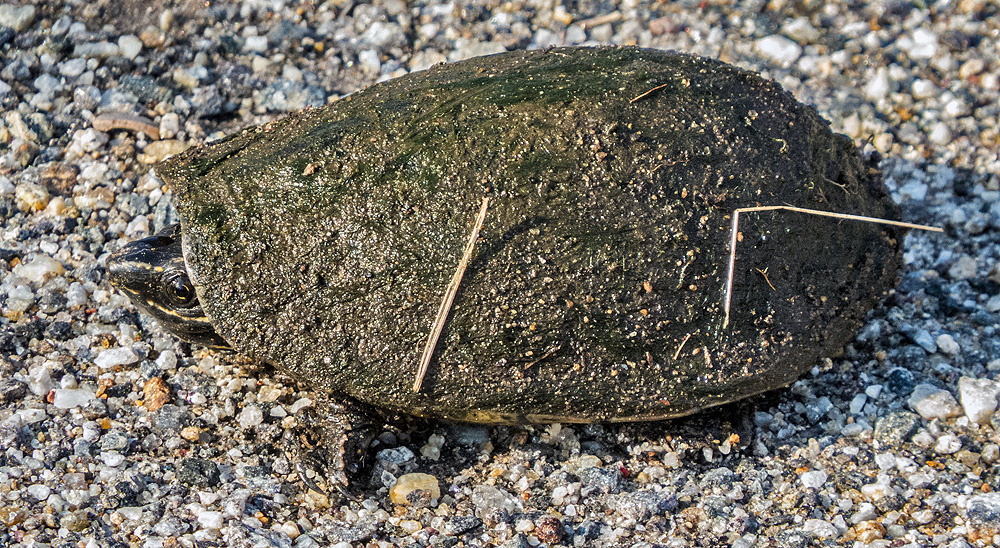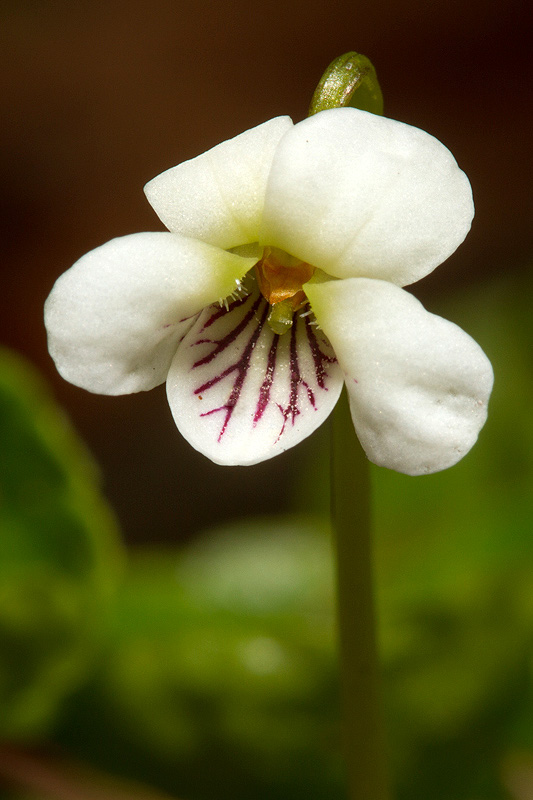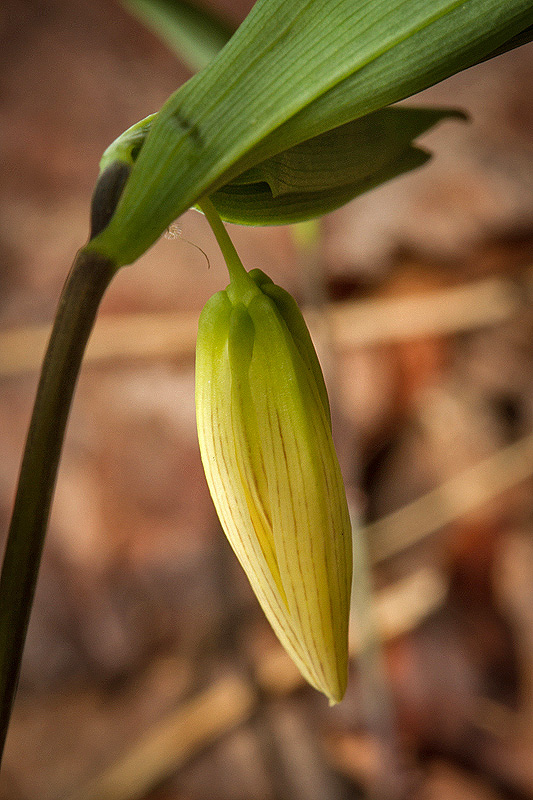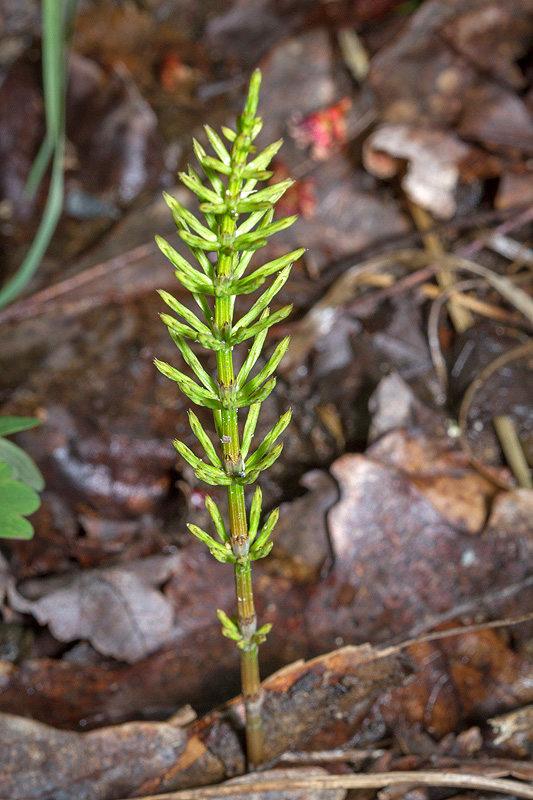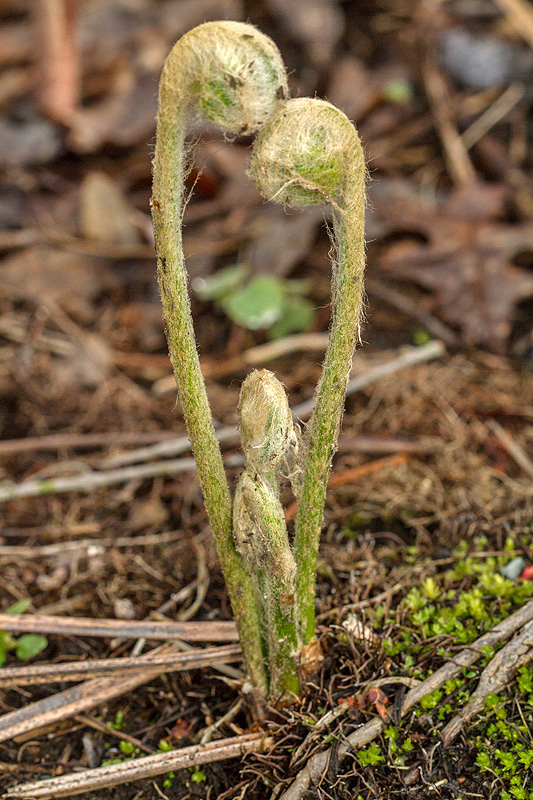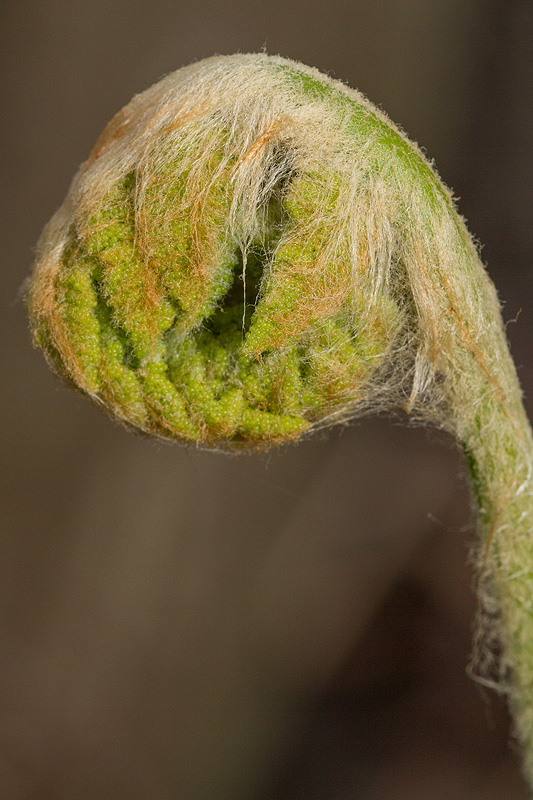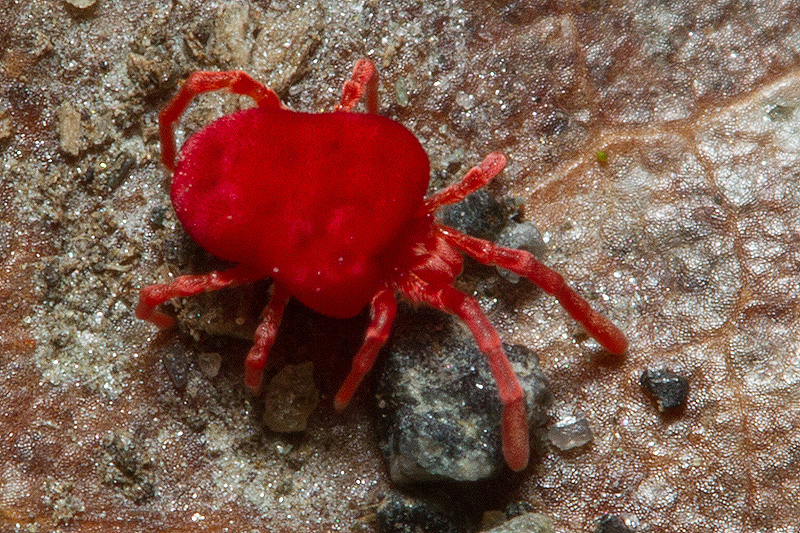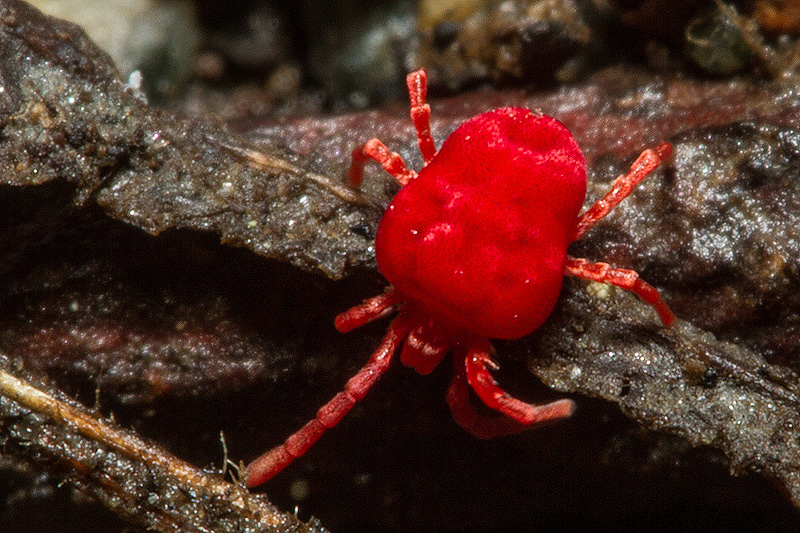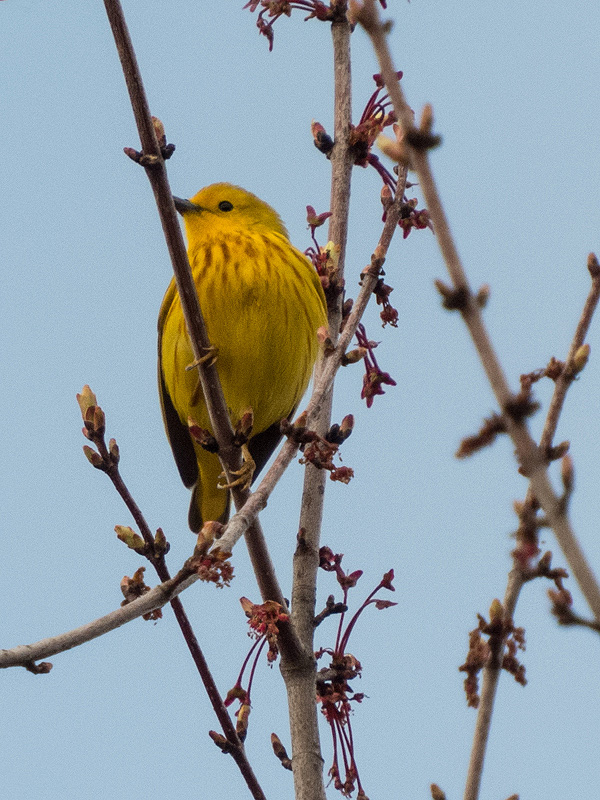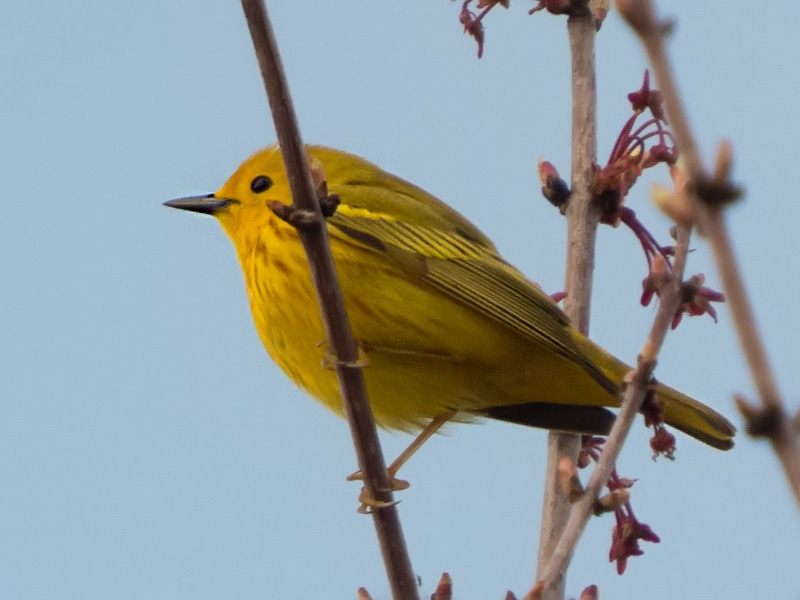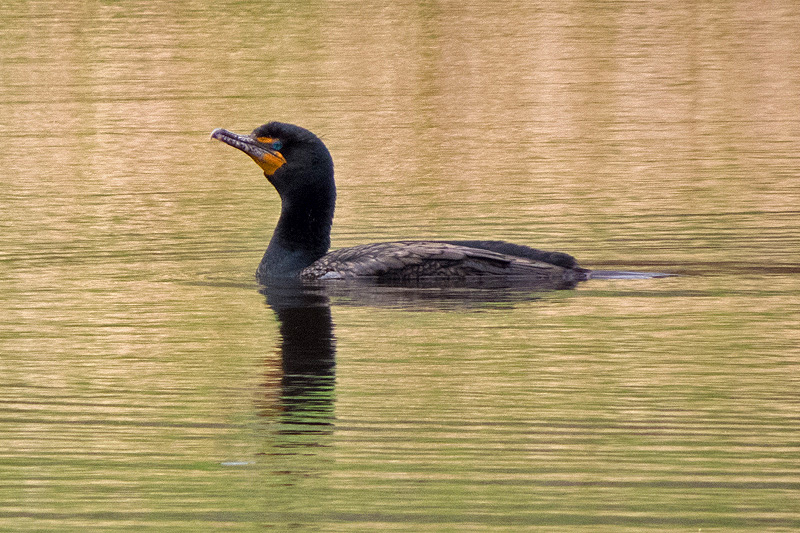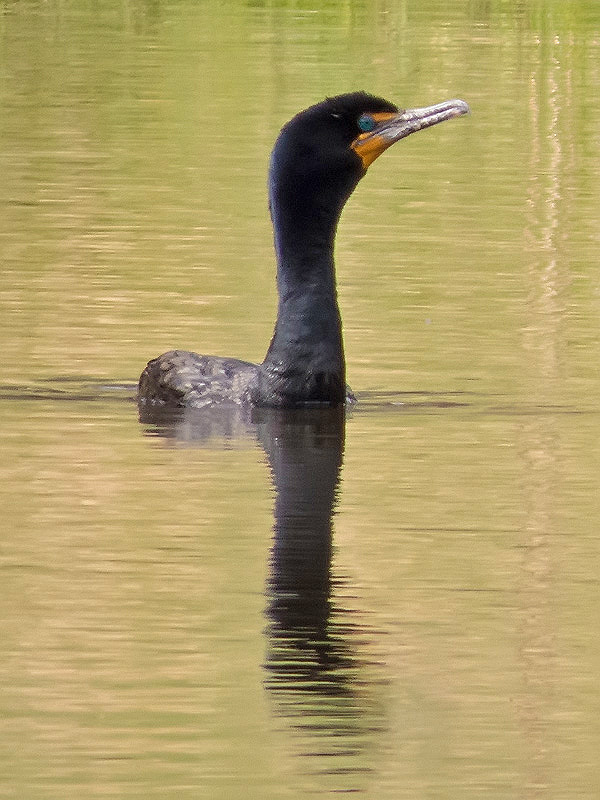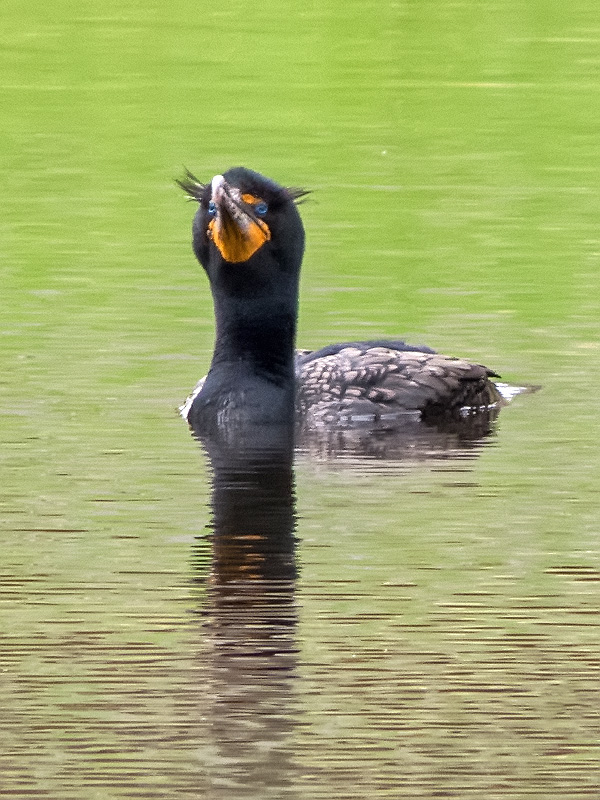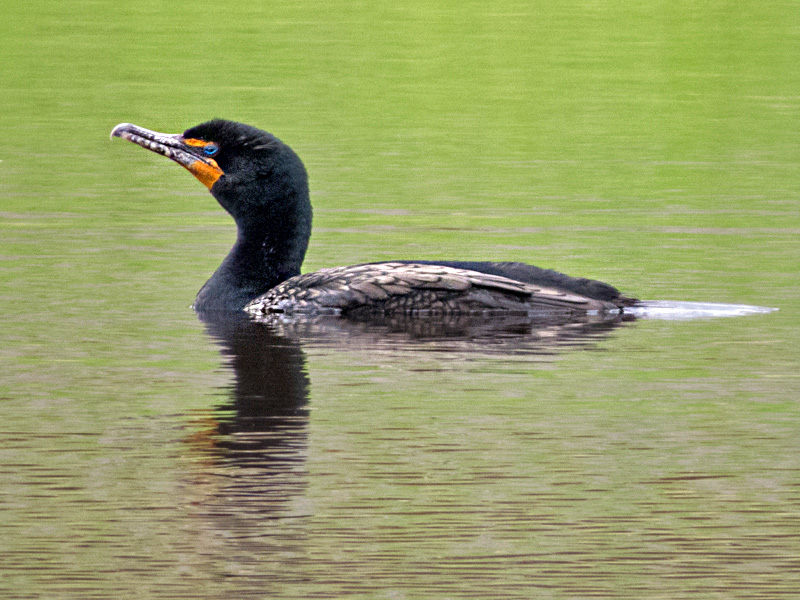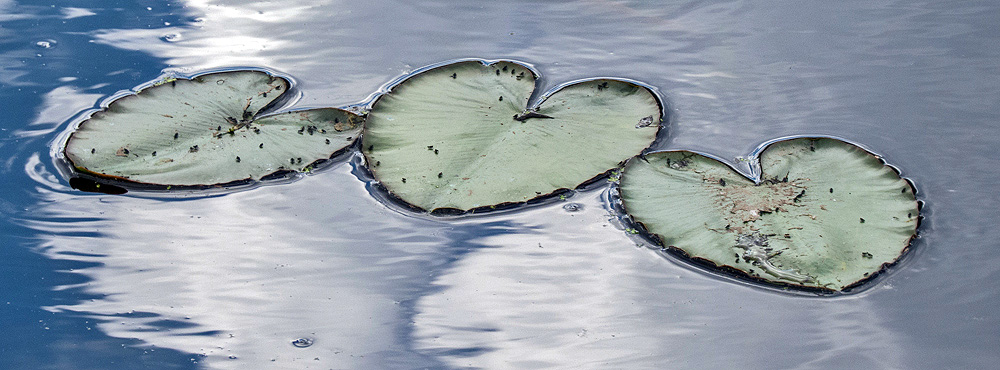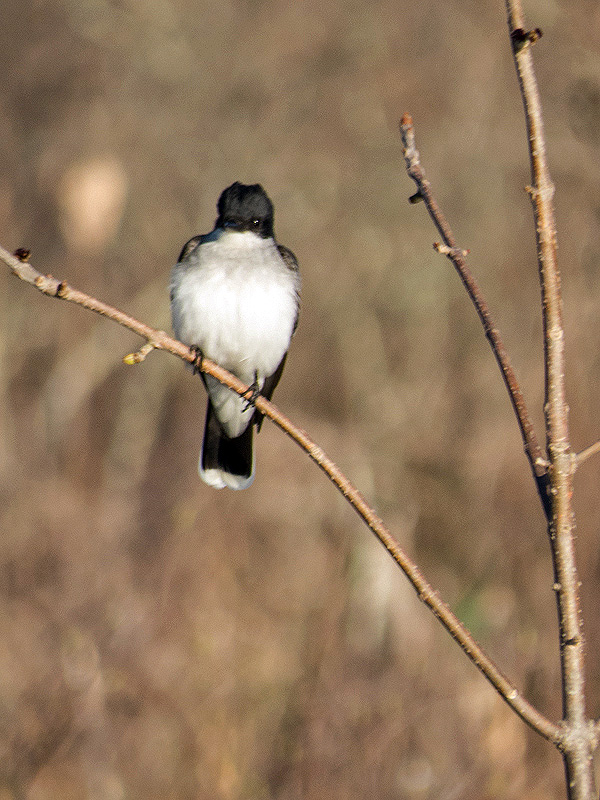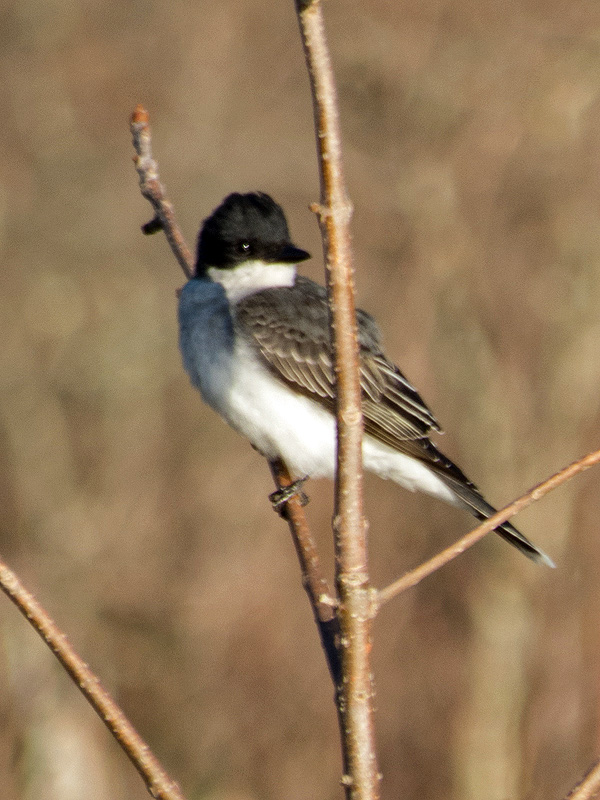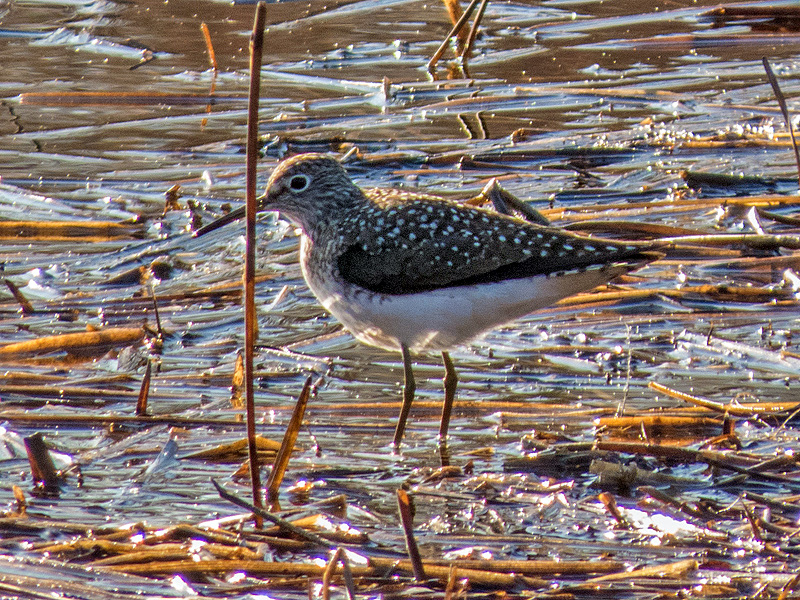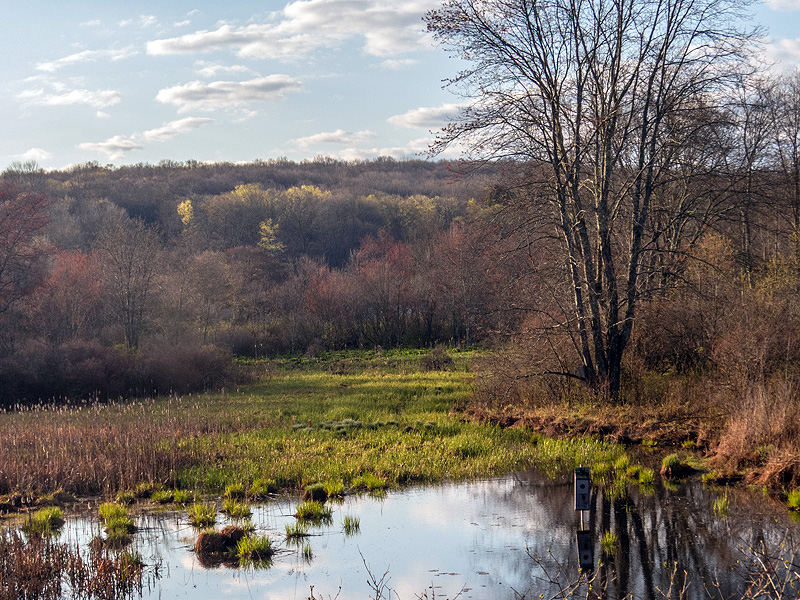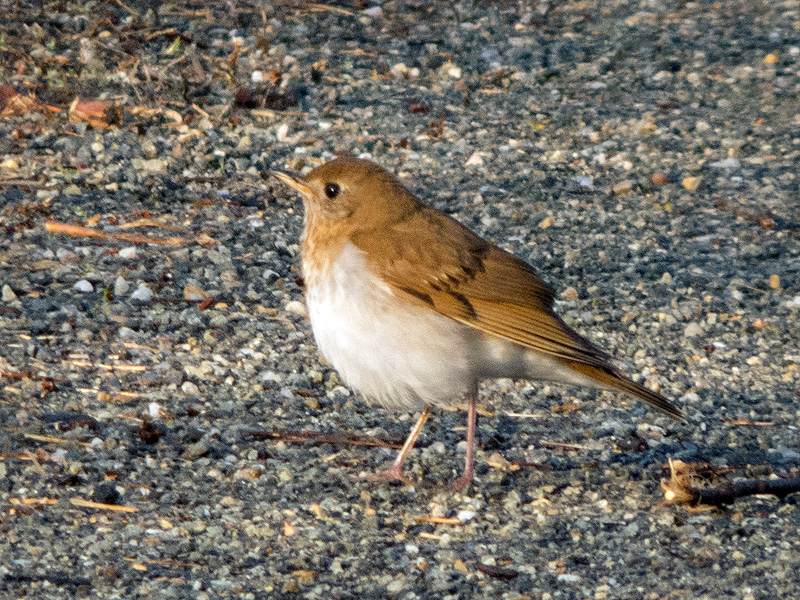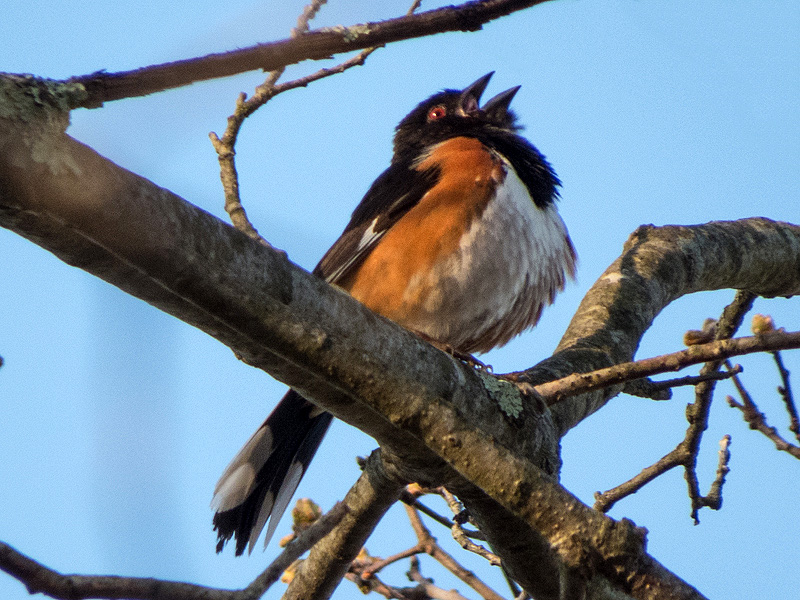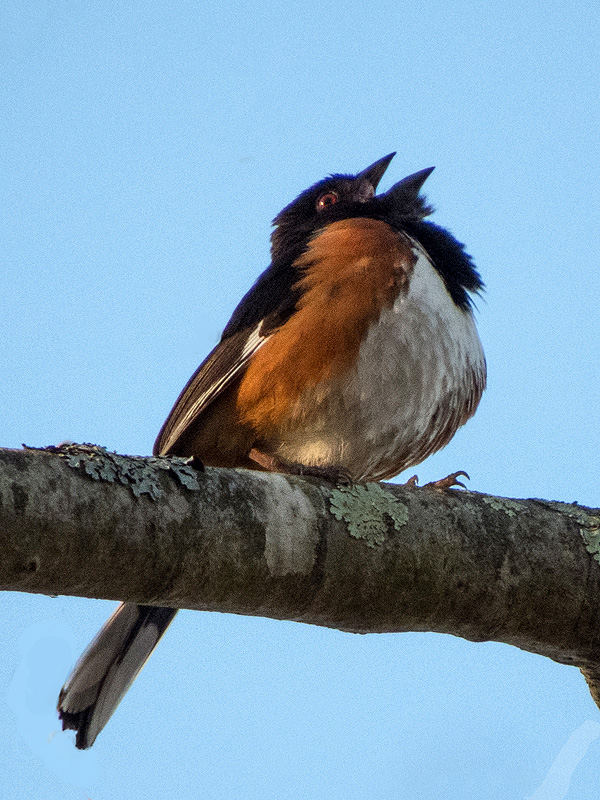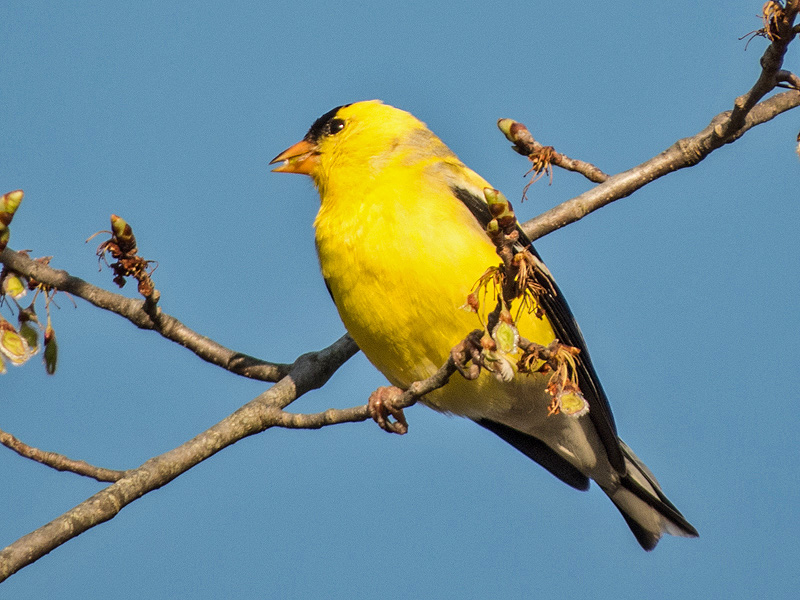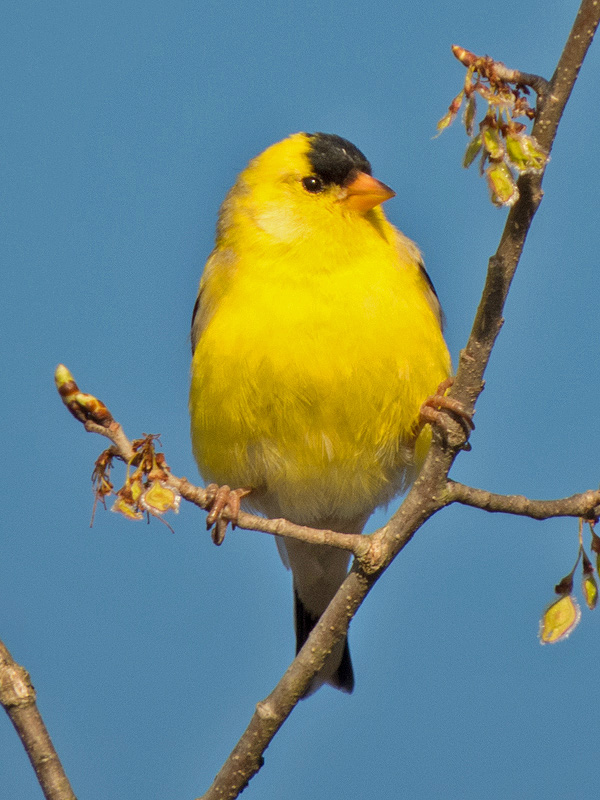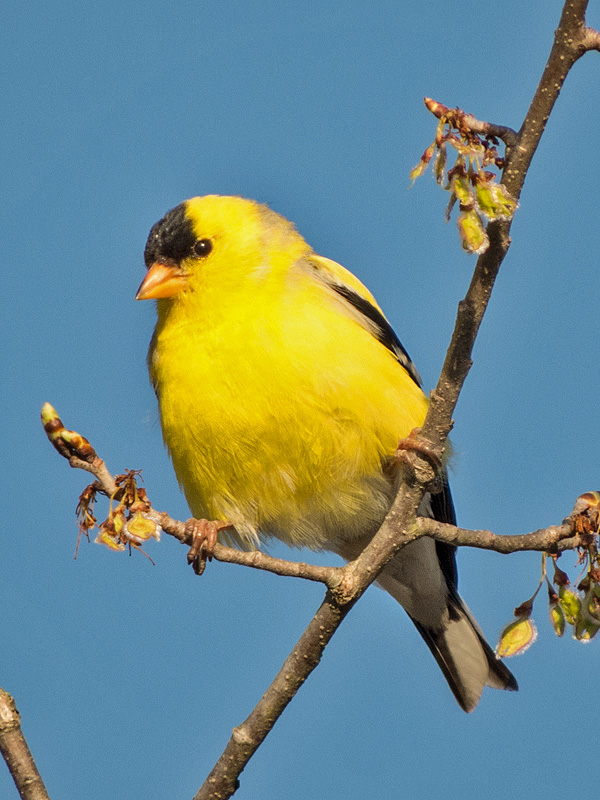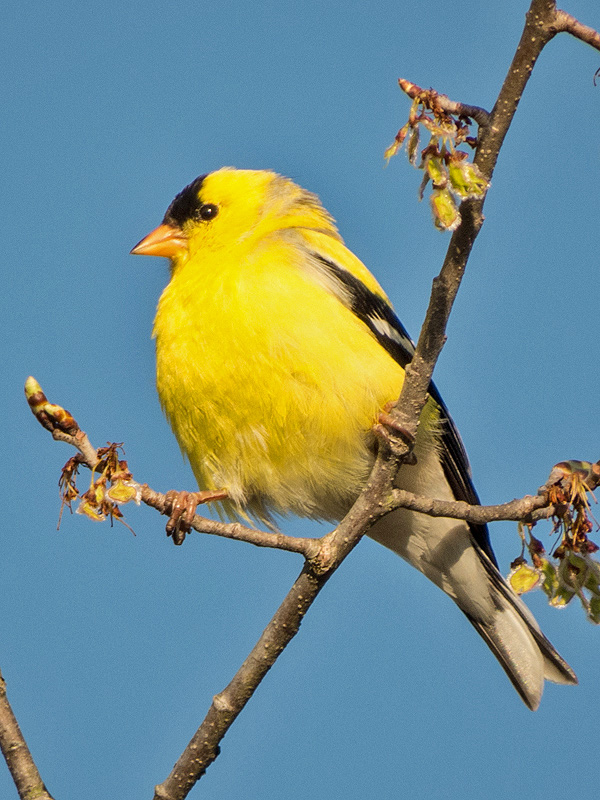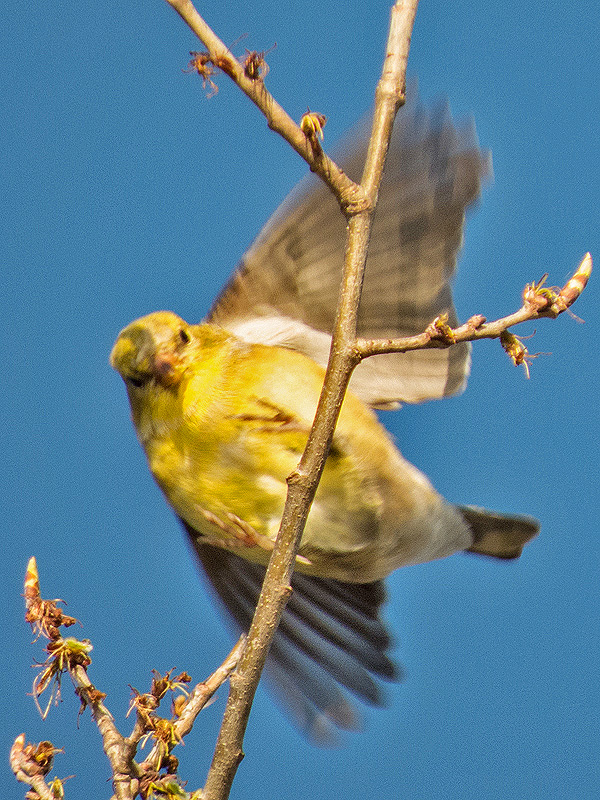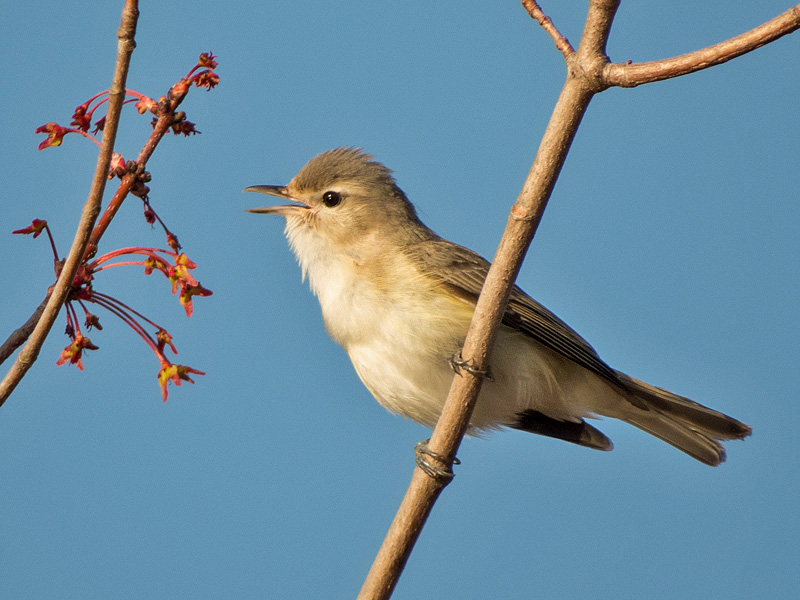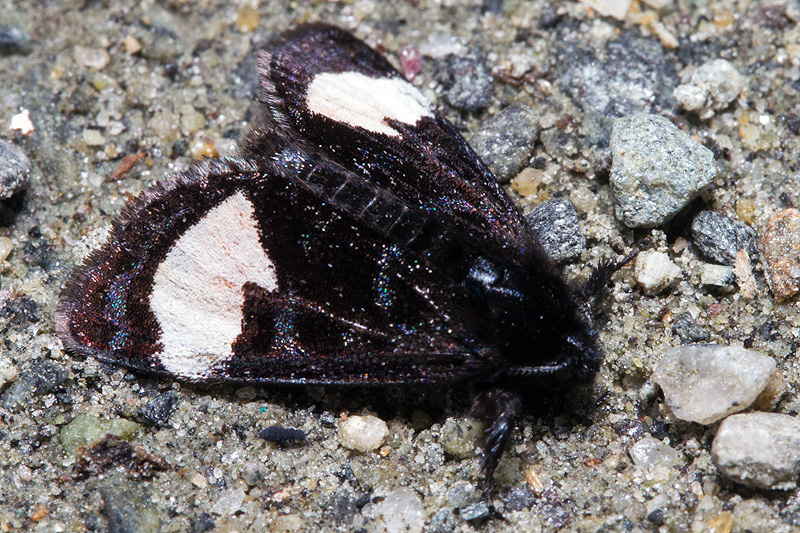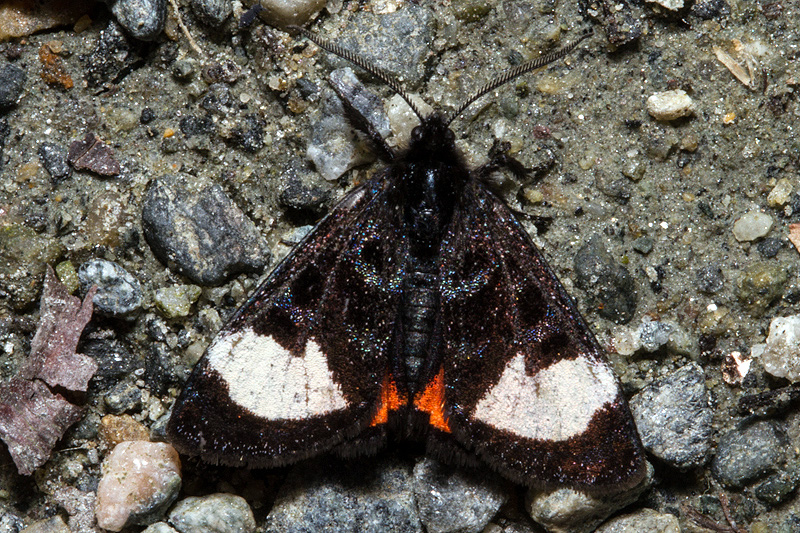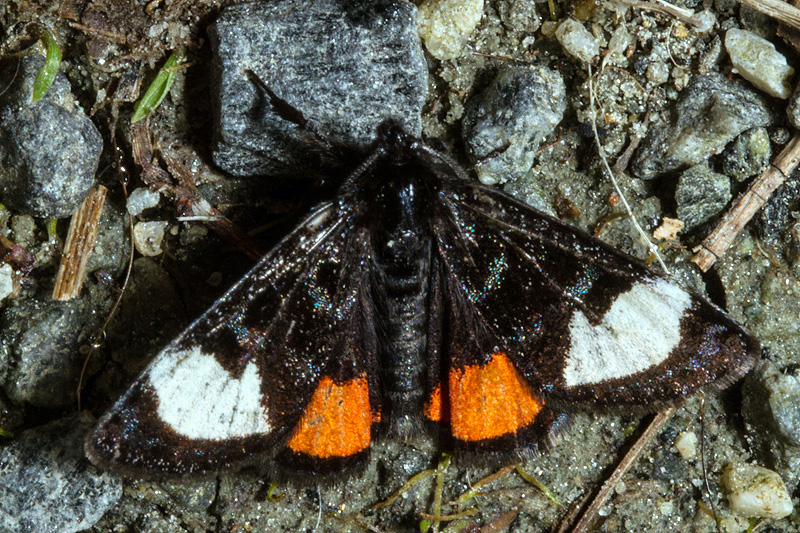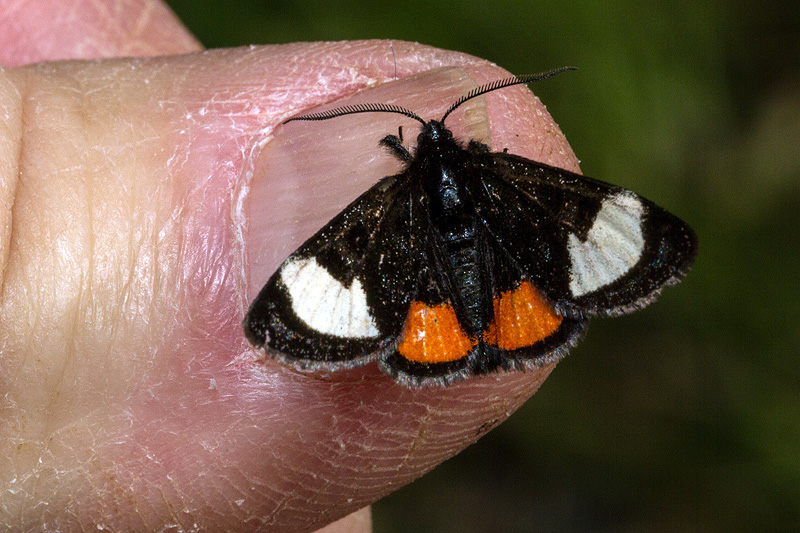Along the Air Line... 2014 - Spring, Part 4 The Air Line Trail in Eastern Connecticut - Stan Malcolm Photos |
mHome Page Stan's FlickR Albums |
April 28th. An afternoon check on the heron roost east of Cook Hill Road in Lebanon. Looks like it has been abandoned for this year. |
Juvenal's Duskywing Skipper (Erynnis juvenalis). Twelve years and a day after I first saw one on the Air Line Trail. |
|
\
Wood Anemone (Anemone quinquefolia). |
The leaves distinguish it from the similar Rue Anemone. |
Red Trillium (Trillium erectum) in bud... |
\
..;.and in bloom. |
|
|
A nice patch of it just east of the heron roost. |
Dog Violet (Viola conspersa). Small and easily overlooked. |
A female Paper Wasp (Polistes sp.) on Dandelion. Only mated females survive the winter. |
Similarly, only mated female Bumblebees (Family Bombidae) survive the winter to start new colonies in the spring. |
|
May 1st. The marsh after two days of sometimes heavy rain. In fact, still raining late morning when these photos were taken. |
The old beaver lodge mostly under water. |
|
Pink Lady's Slipper orchids are starting to emerge from the leaf litter. |
A particularly healthy Dandelion plant (Taraxacum officinale). |
Sunshine in late afternoon! First Stink Pot mud turtle (Sternothaerus odoratus) I've seen this year. |
May 2nd. Small White Violet (Viola macloskeyi). |
Sessile Bellwort or Wild Oats (Uvularia sessilifolia) is just about to open. |
Green vegetative stems of a Horsetail (Equisetum sp.) are starting to unfurl. |
Fern fiddleheads are uncurling. |
|
A Red Velvet Mite (Family Trombidiidae). |
Despite their small size (perhaps 3mm), they stand out from the leaf litter. |
A male Yellow Warbler (Dendroica petechia). |
|
Late afternoon. A Double-crested Cormorant (Phalacrocorax auritus) at Cranberry Bog in East Hampton. |
|
|
|
Pond or Bullhead Lily pads (Nuphar vareigatum). |
May 3rd. A pair of Eastern Kingbirds (Tyrannus tyrannus) look ready to pick out a nest site. |
|
A Solitary Sandpiper (Tringa solitaria) migrating through as were several species of warbler. |
May 4th. Pastel colors starting in the trees; almost rivaling fall, and appreciated after our dreary winter. |
A Veery (Catharus fuscesens), I think. |
First Eastern Towhee (Pipilo erythrphthalmus) I've seen - and heard - this year. |
|
A flock of American Goldfinches (Carduelis tristis) feeding on maple buds. This is a male... |
|
|
|
...and this is a female (paler and fewer black markings). |
A Warbling Vireo (Vireo gilvus). |
May 6th. A Grapevine Epimenis moth (Psychomorpha epimenis). They tend to rest with wings closed. |
Appearing mostly black above, there is actually a subtle pattern of metallic blue-purple scales on the forewings. |
A hint of the red-orange markings on the hindwings. |
When disturbed (in this case by me poking it with a finger), it flashes the bright hindwing patches. |
My thumb for a sense of scale. Grapevine Epimenis are diurnal (day-flying) and around only in early spring. Females lay eggs in the opening buds of grape vines. The brightly colored caterpillars quickly mature and pupate in wood or dense peat until the following spring. |

